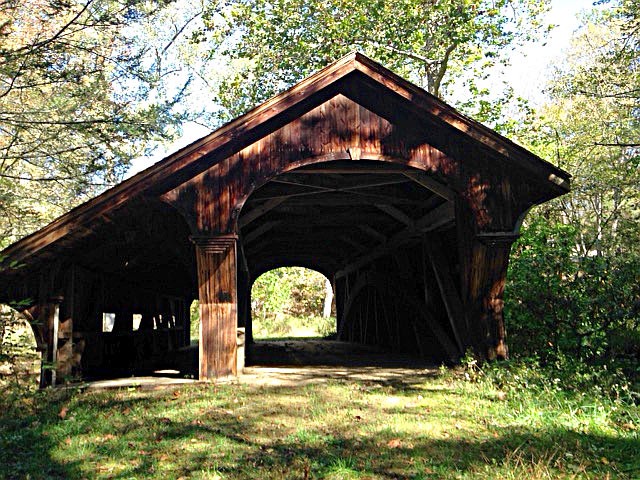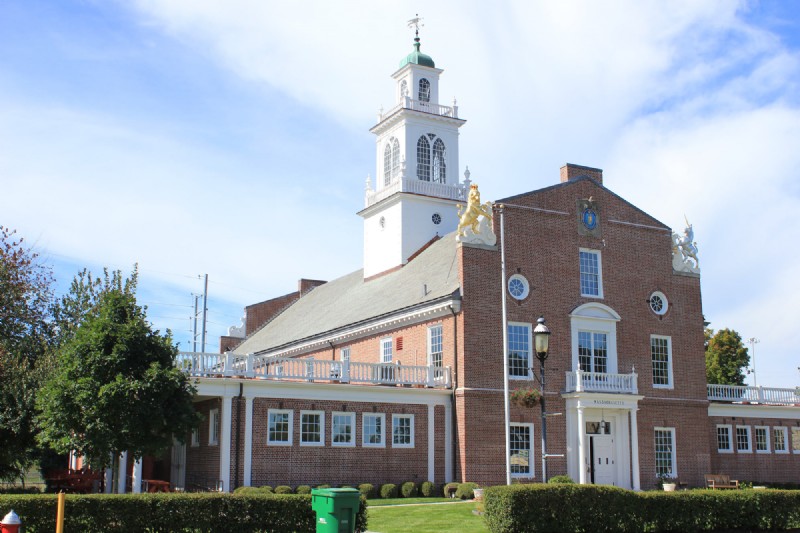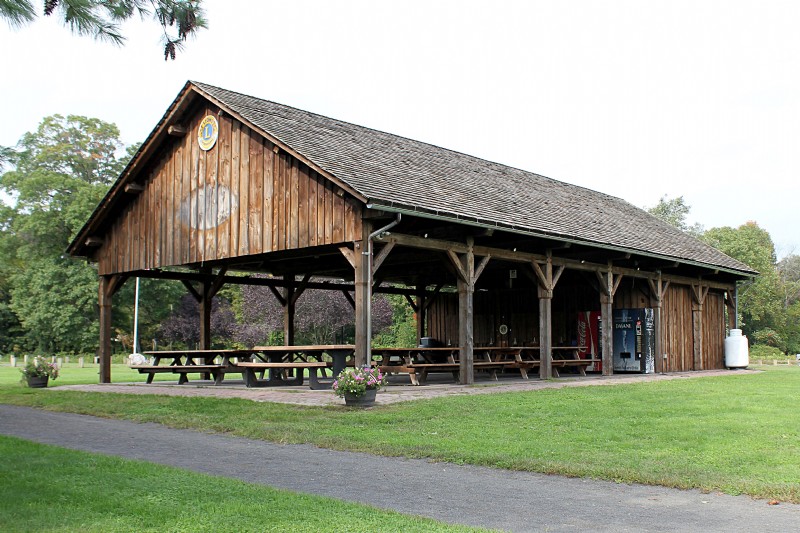Preserving a small building with a big meaning.

Nestled in the serene hills of Great Barrington, Massachusetts, the James Weldon Johnson Writing Cabin stands as a testament to the enduring legacy of one of America’s most influential literary and civil rights figures. Johnson, a poet, novelist, diplomat, and civil rights activist, used this rustic retreat as a sanctuary for contemplation, creativity and writing. It was here that he penned some of his most influential works. Works that shaped the discourse on race and justice in America.
Rufus Jones and Jill Rosenberg-Jones purchased the cabin and the five acres it sits on in 2011. The couple established the James Weldon Johnson Foundation in 2016 to preserve the cabin and Johnson’s legacy. They remain executors of the James Weldon Johnson Literary Estate and continue to lead the Foundation. The Foundation provides artists’ residencies and aims to preserve and honor Johnson’s legacy.

A Retreat for Reflection and Creativity
James Weldon Johnson and his wife, Grace Nail Johnson, built the writing cabin on their estate in Great Barrington. The couple purchased the 5-acre property in 1926 as a summer home and retreat from New York City. The writing cabin was James’ personal refuge where he could escape the noise of the world and focus on his craft. Johnson, known for co-authoring the African American national anthem, “Lift Every Voice and Sing”, and for his groundbreaking work, The Autobiography of an Ex-Colored Man, found solace and inspiration in the quiet of the Berkshires.
Often referred to as “The Black National Anthem,” Lift Every Voice and Sing was a hymn written as a poem by James Weldon Johnson in 1900. His brother, John Rosamond Johnson, composed the music for the lyrics. A choir of 500 schoolchildren at the segregated Stanton School, where James Weldon Johnson was principal, first performed the song in public in Jacksonville, Florida to celebrate President Abraham Lincoln’s birthday.

(photo provided by James Weldon Johnson Foundation)
Though modest in structure, the cabin played a crucial role in Johnson’s intellectual and literary contributions. It was here that he refined his poetry, essays, and advocacy for racial equality, furthering his impact on the Harlem Renaissance and the broader civil rights movement.
Historical Importance
James Weldon Johnson’s influence extends far beyond literature. He was a key figure in the NAACP, where he fought tirelessly for African American rights. His work helped shape the cultural and political landscape of the early 20th century, making the preservation of his writing cabin all the more significant.
The cabin itself is a symbol of African American intellectual heritage and creativity. It stands as a rare physical space that encapsulates the mind and spirit of an activist and writer whose contributions continue to resonate. The structure’s preservation ensures that future generations can connect with Johnson’s legacy in a tangible and meaningful way.
Preservation by Kronenberger & Sons Restoration
Recognizing its historical significance, a major restoration project was undertaken on the cabin by Kronenberger & Sons Restoration. The project aimed to stabilize and restore the cabin while preserving its original materials and architectural integrity.
The restoration project included reinforcing the structure, restoring or replacing exterior and interior deteriorated wood, and restoring elements of the structure and its interior that were lost. Of course, all the while preserving the rustic character of the space that once fueled Johnson’s creativity was a priority. We sourced all our materials locally to Barrington, or from our own suppliers in Connecticut.
Project consisted of preservation and restoration of:
- Siding
- Wood Roofing & Gutters
- Windows & Screens
- Flooring
- Framing & Structure
- Built-In Daybed
- Interior Woodwork Restoration
Exterior
Using all like-and-kind materials, we tackled the exterior first where the building’s cedar shake roof needed replacement. Next, the live-edge cedar siding had several areas in need of repair or replacement. We also repaired or rebuilt all the windows and screens for the cabin.



The original firebox seen in this picture of James standing in front of the cabin was deteriorated very badly, so we recreated it using only this photograph to go by. We also used this image to replicate the wood gutter you can see.


Interior
Once we had the exterior all buttoned up, we made our way inside. The floor was rotted out so we removed all the flooring. Any damaged framing underneath was replaced before we installed all new pine plank flooring like what was there originally.



The bathroom was an added room and was a mess with homasote over things, and a lot of leaking had been coming in through that area. After cleanup and structural repairs, we installed tongue and groove sheathing on the walls and ceiling in that room.
In the main cabin, we restored James’ daybed, as well as the built-in drawers underneath. We also built new cabinets where originals had been lost in the cabin.



The project not only saved a vital historical landmark from deterioration, but also ensured that Johnson’s contributions to American history and our culture would continue to be honored in the very setting that inspired them.
A Living Legacy
Today, the James Weldon Johnson Writing Cabin stands as both a literary landmark and a tribute to a man whose words shaped history. Its preservation serves as a bridge between past and present, allowing visitors and scholars to experience the space that nurtured some of the most profound writings in American history.
By safeguarding this historic site, we continue to celebrate the life and work of James Weldon Johnson, ensuring that his voice—one of hope, resilience, and justice—remains as powerful today as it was in his time.
The James Weldon Johnson Foundation
The James Weldon Johnson Foundation is dedicated to preserving and promoting the legacy of Johnson through support of educational, intellectual and artistic works that impact the contemporary world. The Foundation’s work includes preserving Johnson’s historic sites, supporting artistic and intellectual initiatives, and creating a retreat center.

Special Thanks to Our Team:
First, a very special thank you to property owners, Rufus and Jill Rosenberg-Jones. Their pure love, passion, and commitment to James Weldon Johnson’s legacy, the property and the Foundation is truly inspirational.
KSR Superintendent: Alan Petuska
KSR Project Manager: Greg Levesque
Architect: Steve McAlister, Clark Green + BEK Architecture Design, Great Barrington, MA
Herrington’s, Great Barrington, MA
Woodberry Supply Company, Inc., Woodbury, CT
Learn More:
James Weldon Johnson Foundation
“Lift Every Voice and Sing“
James Weldon Johnson Writing Cabin:
https://www.jamesweldonjohnson.org/writing-cabin
https://savingplaces.org/stories/james-weldon-johnsons-writing-cabin-restoration
https://spectrumnews1.com/ma/worcester/news/2024/06/26/james-weldon-johnsons-cabin



